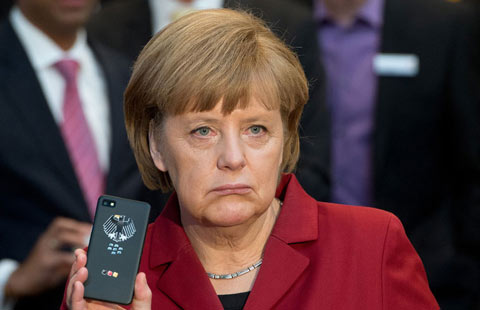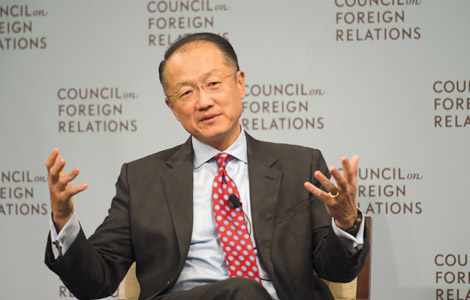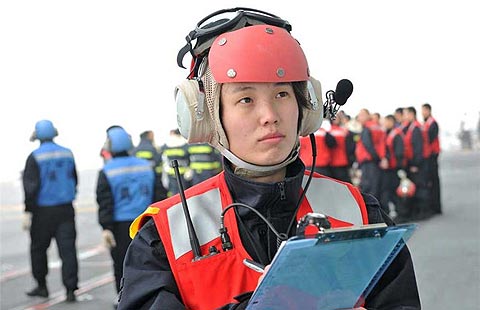Central bank in a monetary dilemma
Updated: 2014-04-03 08:20
By Chen Jia (China Daily USA)
|
|||||||||
Expanding credit and rapidly cooling economy pose challenge to tactical approach to debt risks
China's fast expanding credit and the rapidly cooling economy have put the central bank in a dilemma over whether to ease its monetary stance to boost growth.
The government has shown great determination this year to control credit risks while allowing defaults in the bond market. Both industrial investment and fixed-asset investment slowed to multi-year lows in the first two months and dragged down economic growth.
Policymakers are unsure about how to balance policy to avoid a hard landing while curbing potential debt risk.
"They may undertake gentle policy fine-tuning like in 2013, instead of a 2009-style stimulus package, so growth will be slower but hopefully the worst can be avoided," said Yao Wei, chief economist in China at French bank Societe Generale SA.
Research by JPMorgan Chase and Co indicates the slowing economy in recent years has a close relationship with the normalization of monetary policy after the government aggressively loosened it during 2009 and 2010.
Because the country's monetary policy operations rely heavily on quantitative measures, the People's Bank of China - the nation's central bank - has managed credit growth by using reserve requirement ratios and open-market operations to control liquidity within the financial sector.
A signal was sent in Premier Li Keqiang's speech last week that the government is going to take measures to support growth, one of which will be "increasing the financial industry's support for the real economy and reducing financing costs".
Louis Kuijs, chief economist in China at Royal Bank of Scotland Group Plc, said: "It may imply that the government is likely going to be less forceful in reining in credit growth."
According to data from the central bank, repurchase rates have moved up gradually since March 12. The seven-day repo rate closed at 4.19 percent on March 31. The People's Bank of China conducted repo purchases totaling 72 billion yuan ($11.61 billion) on Wednesday.
The repo rate is the discount rate at which a central bank repurchases government securities from commercial banks, depending on the level of money supply it decides to maintain in the country's monetary system. To temporarily expand the money supply, the central bank decreases repo rates (so that banks can swap their holdings of government securities for cash). To contract the money supply it increases the repo rates.
Yuan Yiqiu, a financial analyst at Ping An Bank, said the central bank is not likely to cut the reserve requirement ratio in the short term because liquidity in the Chinese financial market is not tight now. "Recent repo purchases show the government continually takes deleveraging measures and it is cautious about potential debt risk," he said.
But Yao from Societe Generale is still looking for a 50 basis points cut in the reserve requirement ratio in the second quarter. The purpose would be to offset the impact of potential capital flows, rather than a signal of credit easing, she said.
"Going forward, the PBOC is likely to anchor interbank rates at about the current level, but it is unlikely to allow interbank repo rates to fall below 2 percent for any sustained period of time. Specifically, the overnight rate will probably move in a range of 2 to 3 percent, lower than the 3 to 4 percent in the second half of 2013 but higher than the 1 to 2 percent in 2009 and 2010," said Yao.
A lower-than-expected inflation level so far also leaves more room for policymakers to easy monetary policy, analysts said.
"It appears that inflation will likely again come in significantly below the government target of 3.5 percent this year. We have recently revised down the 2014 Consumer Price Index inflation forecast to 2 percent from 2.6 percent," said Zhu Haibin, chief economist in China at JPMorgan. "Meanwhile, the benign inflation picture leaves room for potential monetary policy maneuvers if necessary."
In February, the CPI decreased to 2 percent from 2.5 percent in January. China's 2013 CPI inflation, at 2.6 percent, undershot the official target for the second consecutive year.
"An RRR cut could happen in the second half but we expect the PBOC will continue the credit tapering process," said Zhu. "The objective of economic rebalancing implies that monetary policy is more likely to remain neutral, with a tightening bias, in 2014."
chenjia1@chinadaily.com.cn
(China Daily USA 04/03/2014 page14)
Most Viewed
Editor's Picks
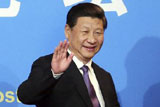
|
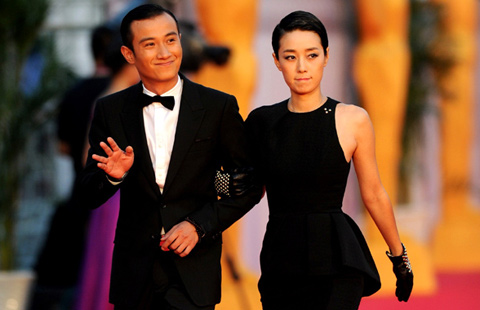
|

|

|

|

|
Today's Top News
Shooting reported at US Army base in Texas
Asiana admits pilot error in crash
Sina Weibo picks Nasdaq for IPO
Chinese tourist abducted in Malaysia
Japan removes export ban on military goods
5 dead in 8.2 quake off Chile
NY Councilman meets 'the press'
MH370 'unlikely' to hurt ties
US Weekly

|

|

